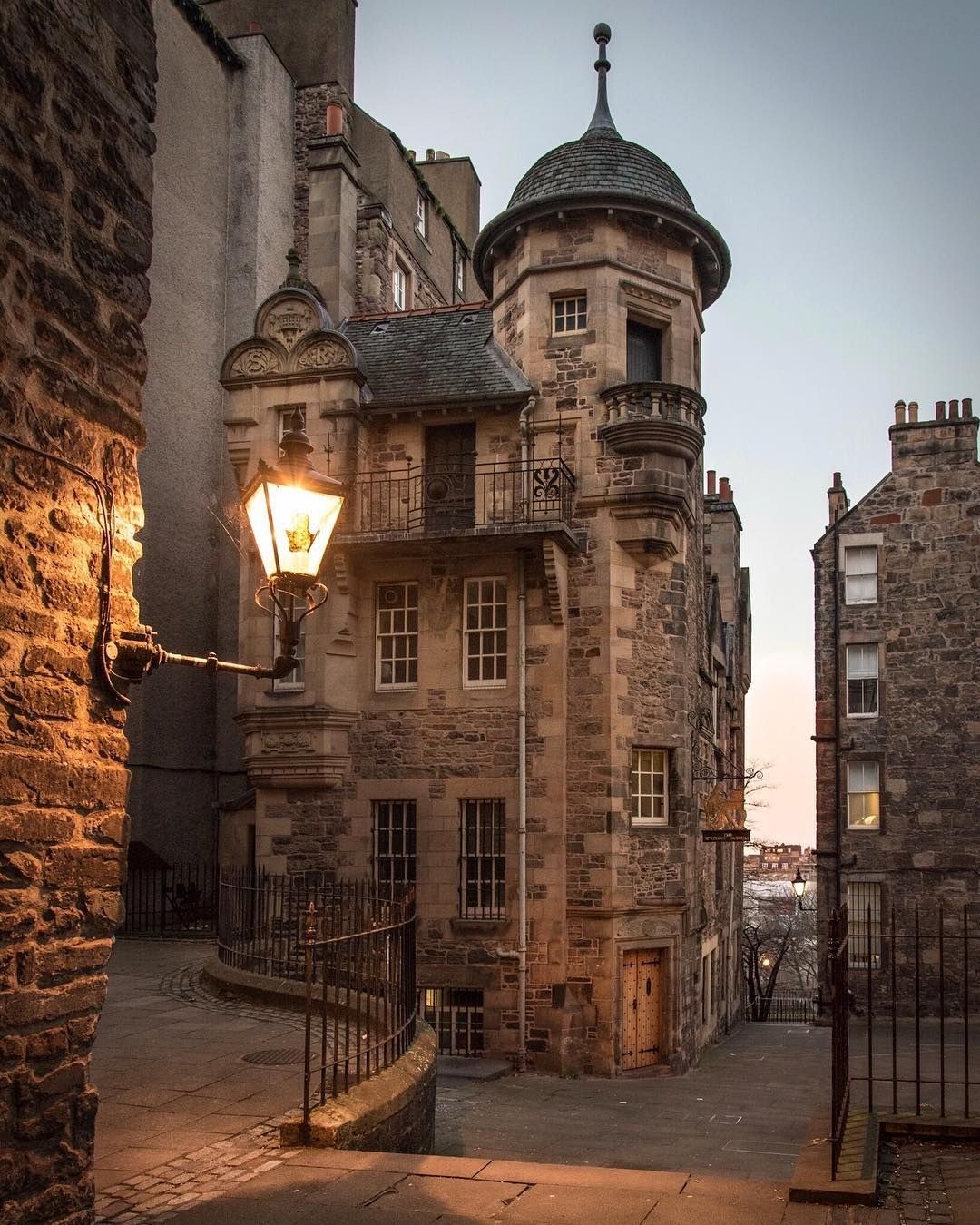Lady Stair’s House: Home Of The Writers’ Museum Celebrating Three Giants Of Scottish Literature
Lady Stair’s House, located at 3 Lady Stair’s Close off Lawnmarket on Edinburgh’s Royal Mile, is a historic building with a rich literary history.
Completed in 1892, this Category A listed building now serves as the Writers’ Museum.
It is dedicated to three of Scotland’s greatest writers: Robert Burns, Sir Walter Scott, and Robert Louis Stevenson.
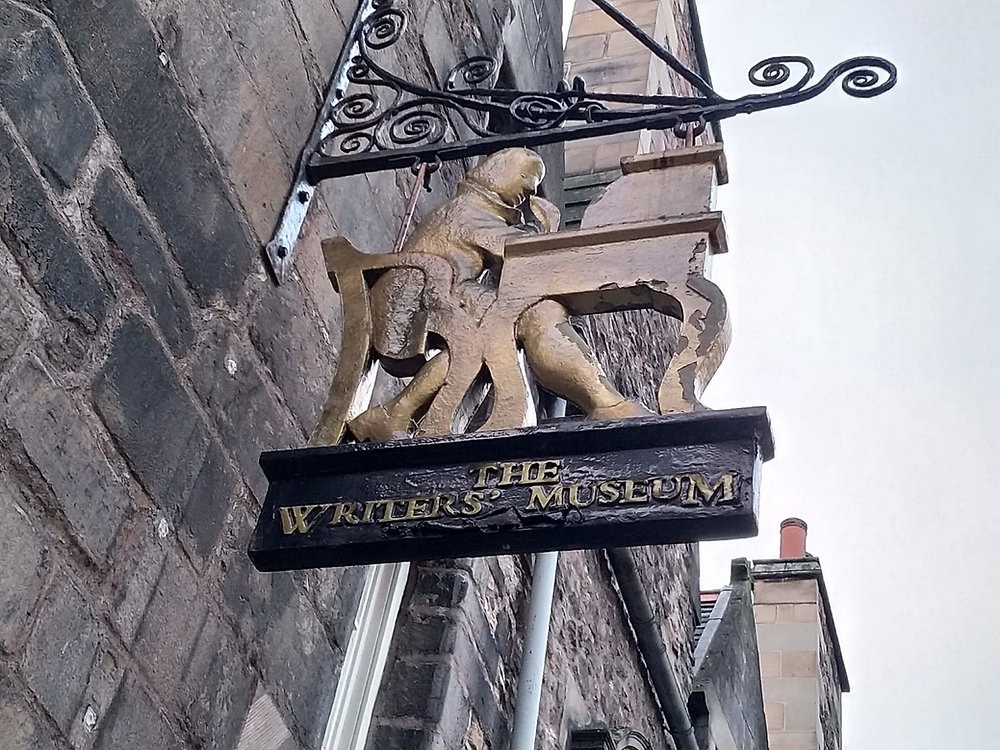
A Glimpse into History
The original house was originally built in 1622 for Sir William Gray of Pittendrum.
After his death in 1648, his wife, Lady Gray, continued to live there, and the building became known as Lady Gray’s House.
The building’s lintel bears the inscription “FEARE THE LORD AND DEPART FROM EVILL,” alongside the initials WG and GS, honoring Sir William and his wife Geida Smith.
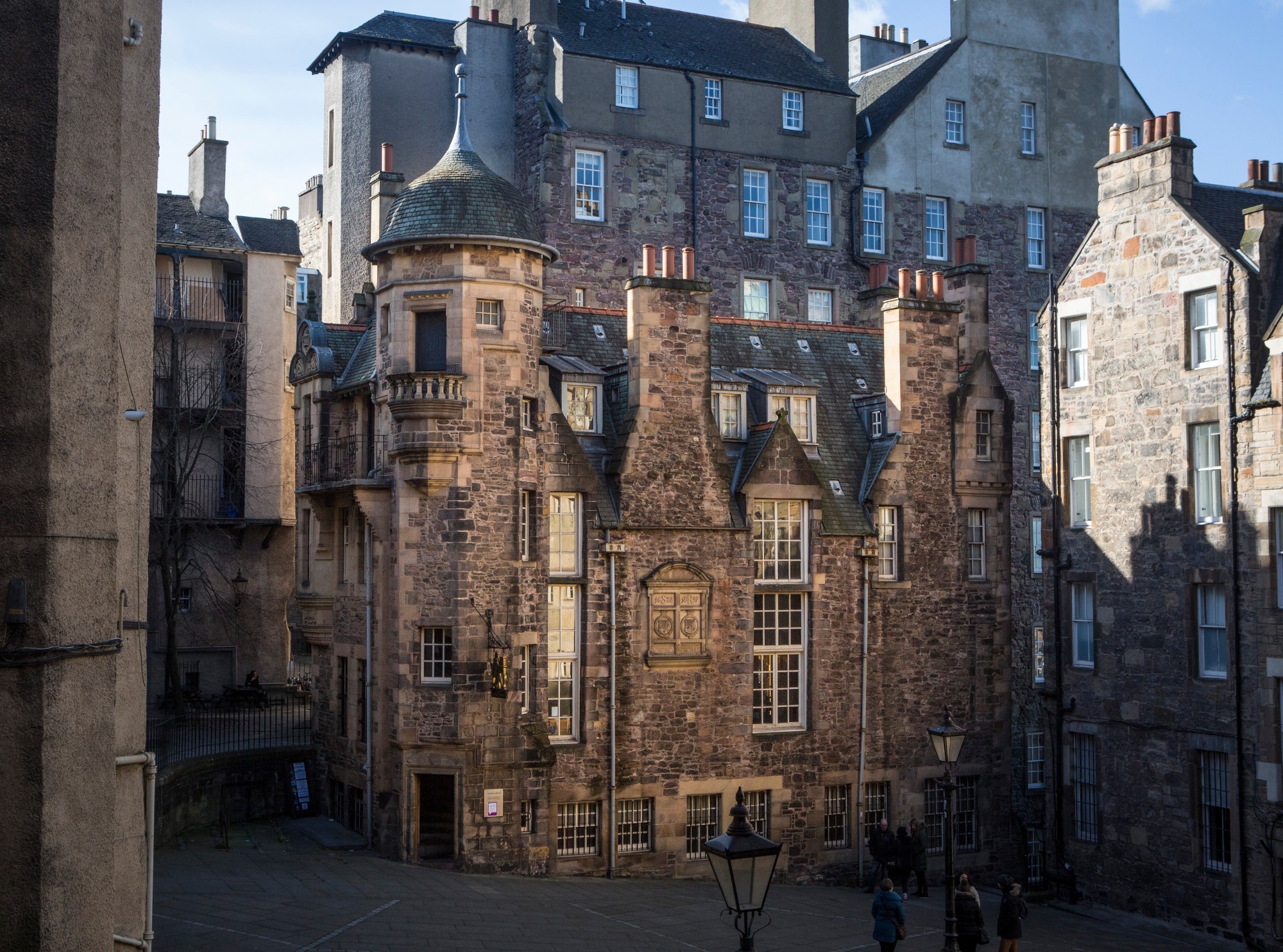
In 1719, the house was purchased by Elizabeth Dundas, the Dowager Countess of Stair, which is how the building got its current name.
It remained in various hands over the years, including those of John Russel, a brushmaker, until it was acquired by Archibald Primrose, 5th Earl of Rosebery, in the 1890s.

In 1892, the house was rebuilt in a faux-medieval style by architect Stewart Henbest Capper.
This new version of the house included elements from the old building and was given to the city by the 5th Earl of Rosebery in 1907 to become a museum.
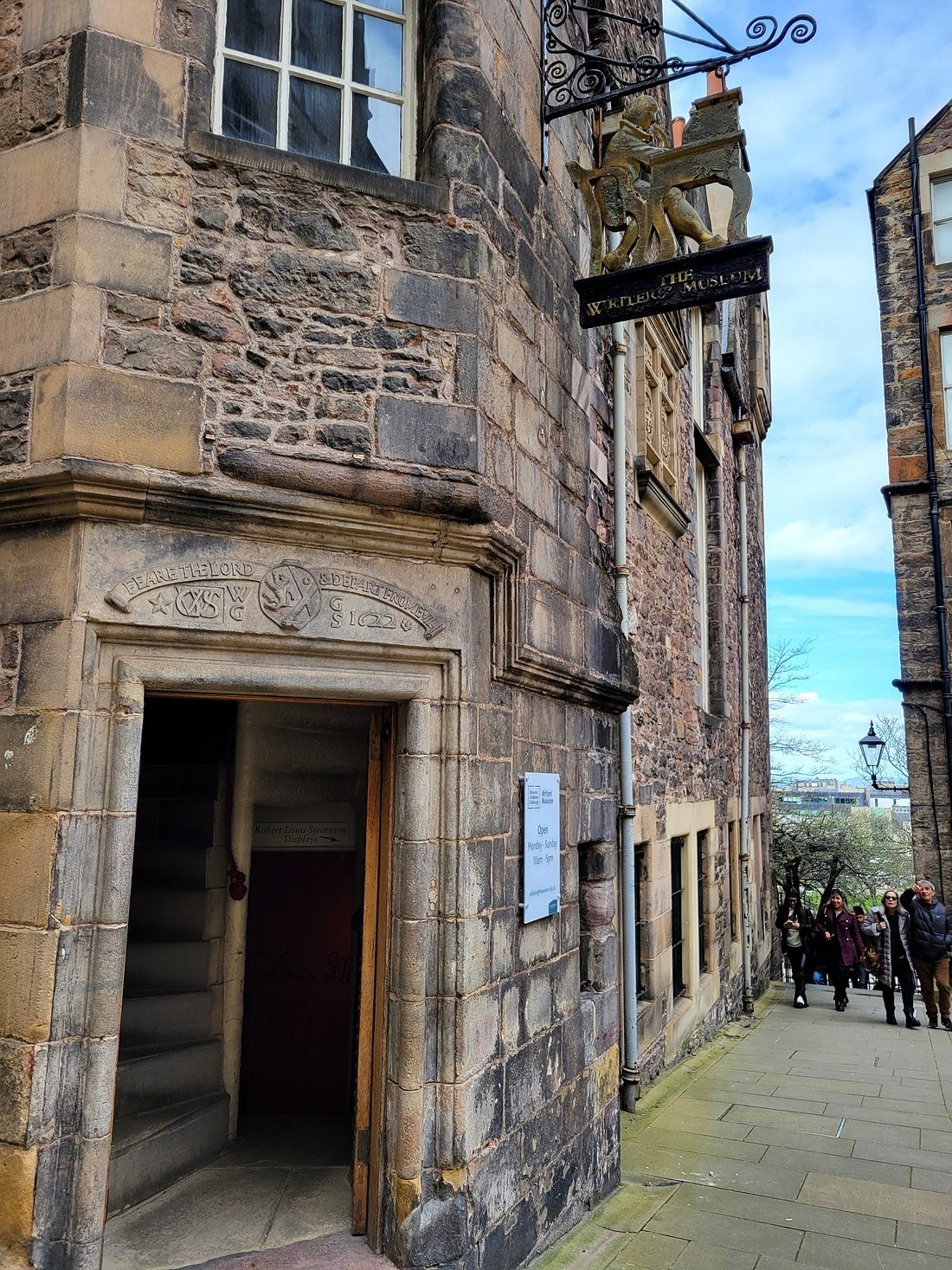
Architecture of Lady Stair’s House
Lady Stair’s House is a mix of historical and faux-medieval architecture.
The house features turrets, steeply pitched roofs, and elaborate stonework.
Inside, Lady Stair’s House retains much of its historic charm.
A central feature is a double-height atrium with a balustraded walkway.

The contemporary tapestry in the central hall, created in 1971, commemorates Sir Walter Scott’s 200th birthday and features all three writers.
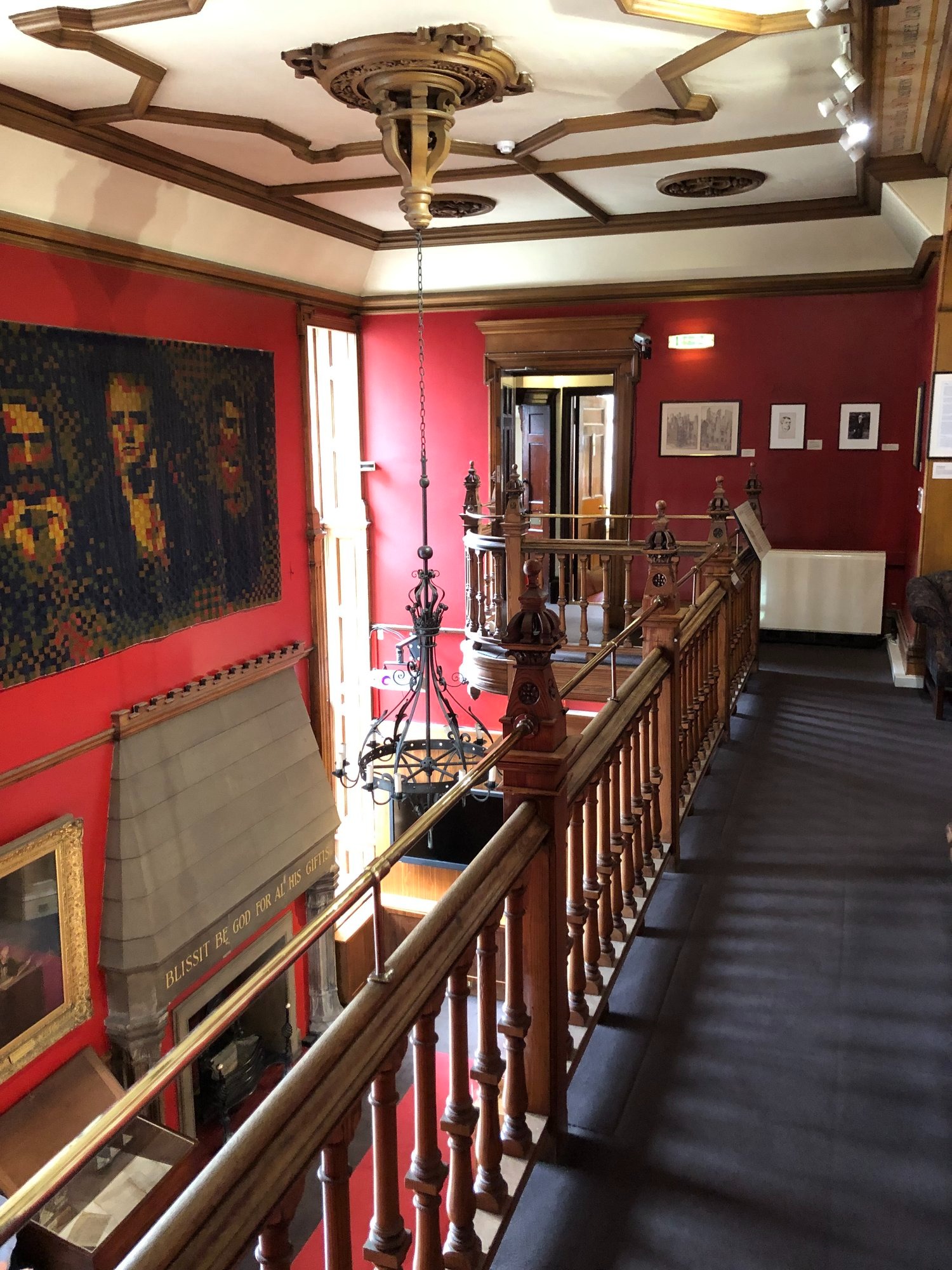
This area showcases wooden decorations, intricate plasterwork, and an original fireplace.
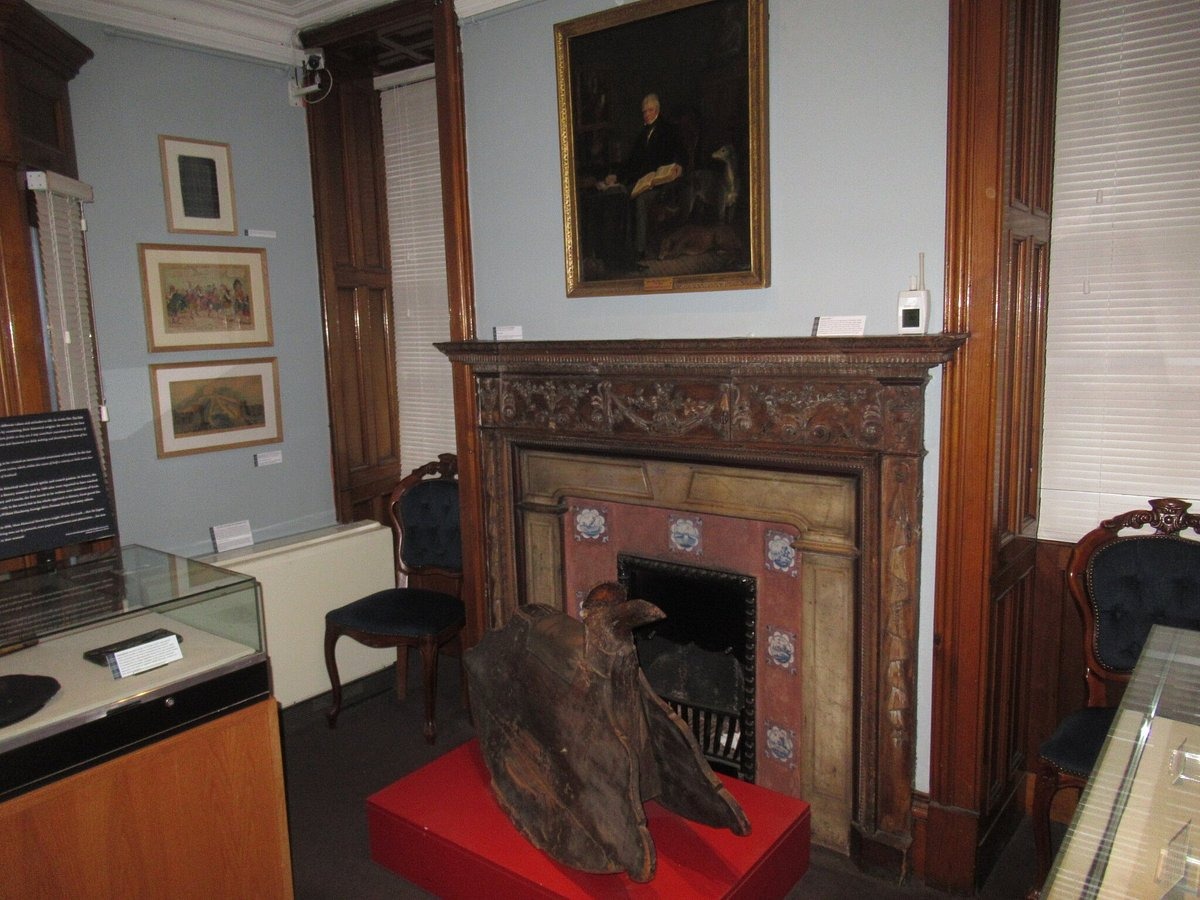
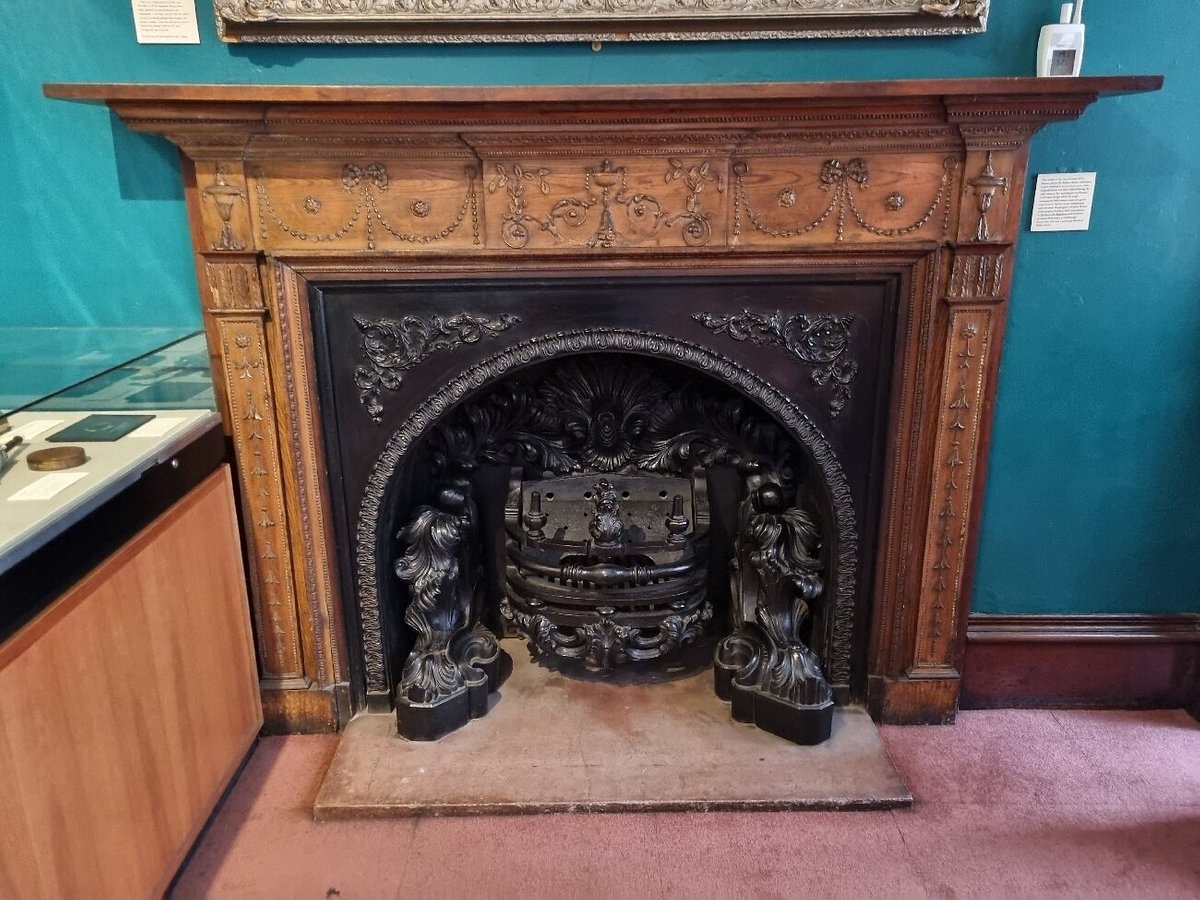
The staircase features the initials “S” and “R,” representing the influences of Lady Stair and Lord Rosebery on the building’s history.
The Writers’ Museum
Today, Lady Stair’s House is home to the Writers’ Museum.
The museum is managed by the City of Edinburgh Council.
It houses a remarkable collection of manuscripts, personal items, and portraits related to these eminent writers, Robert Burns, Sir Walter Scott, and Robert Louis Stevenson.
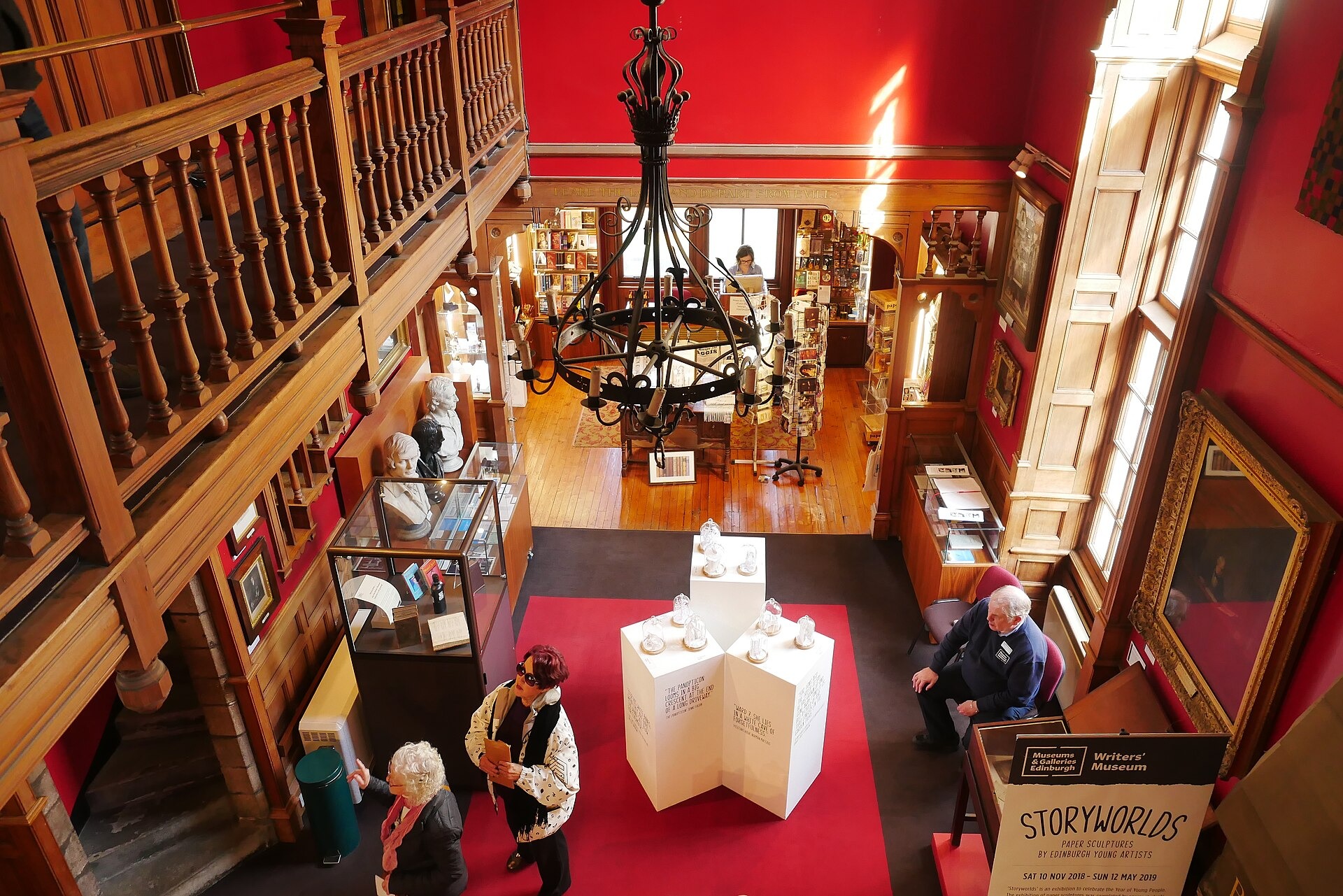
Robert Burns
The museum displays items related to Robert Burns, Scotland’s beloved poet, including his writing desk and a plaster cast of his skull.
There are also interesting pieces like an invitation card to the Scottish Burns Club’s Annual Supper.
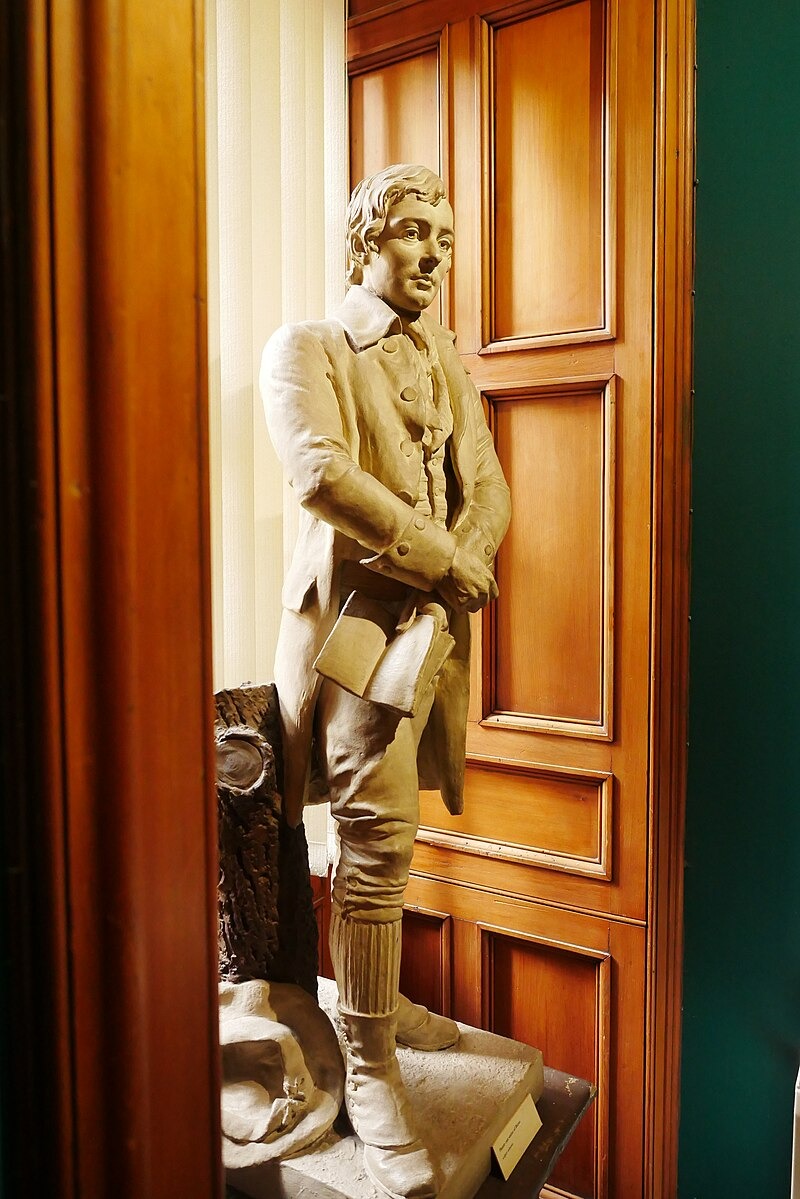
Sir Walter Scott and James Ballantyne
Sir Walter Scott, the father of the historical novel, is represented through various artifacts including a chessboard, slippers gifted by Lady Honoria Louisa Cadogan, and an inkstand given to his legal assistant.
One notable exhibit is the hand-press used for printing Scott’s Waverley Novels.
This hand-press is reputed to be one of the presses on which the “Waverley” novels of Sir Walter Scott were printed.
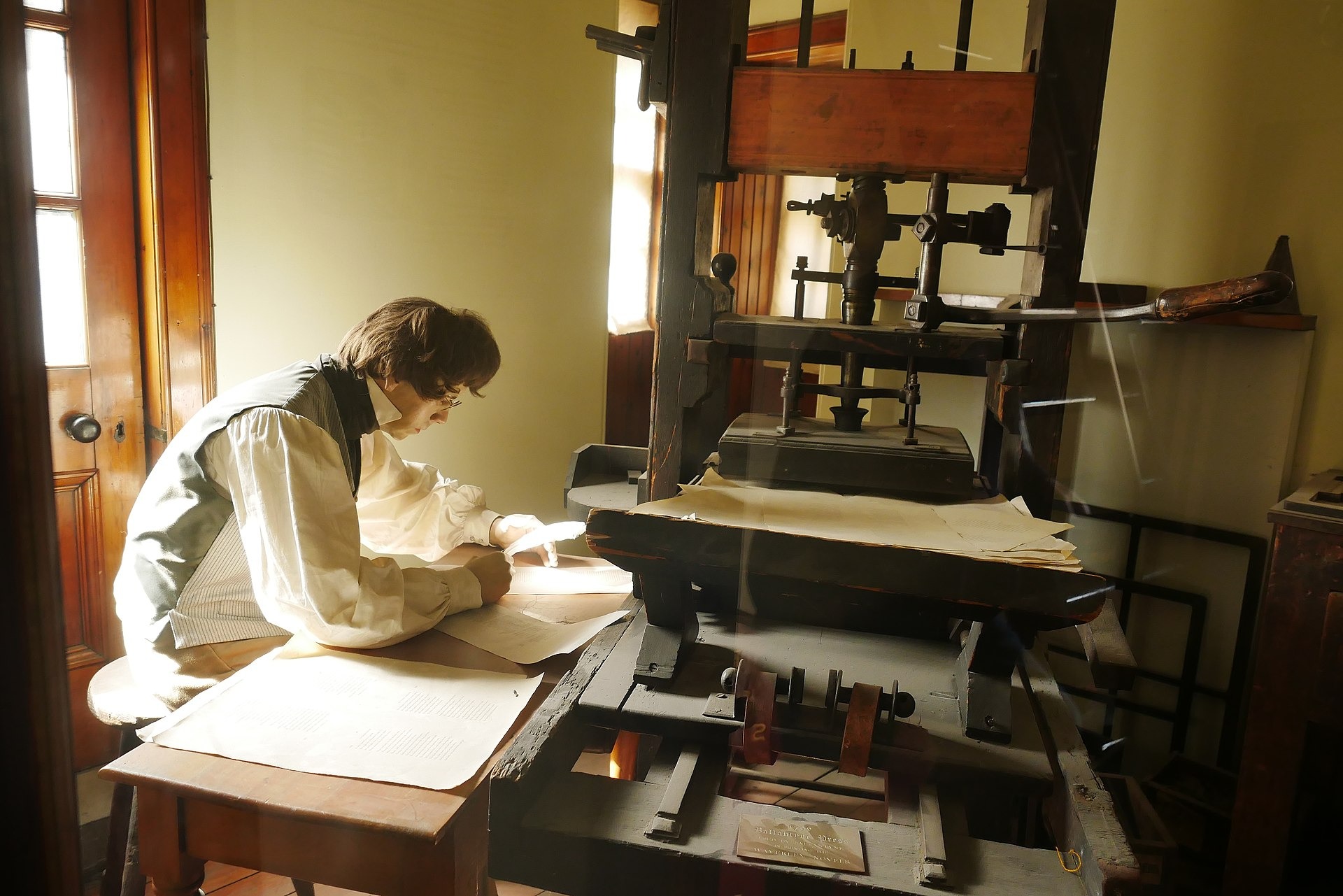
Sir Walter Scott worked closely with James Ballantyne, a skilled printer.
James Ballantyne was born in 1772. He initially pursued a career in law but soon switched to printing.
He set up a printing business in Kelso, his hometown, and quickly became known for the high quality of his work.
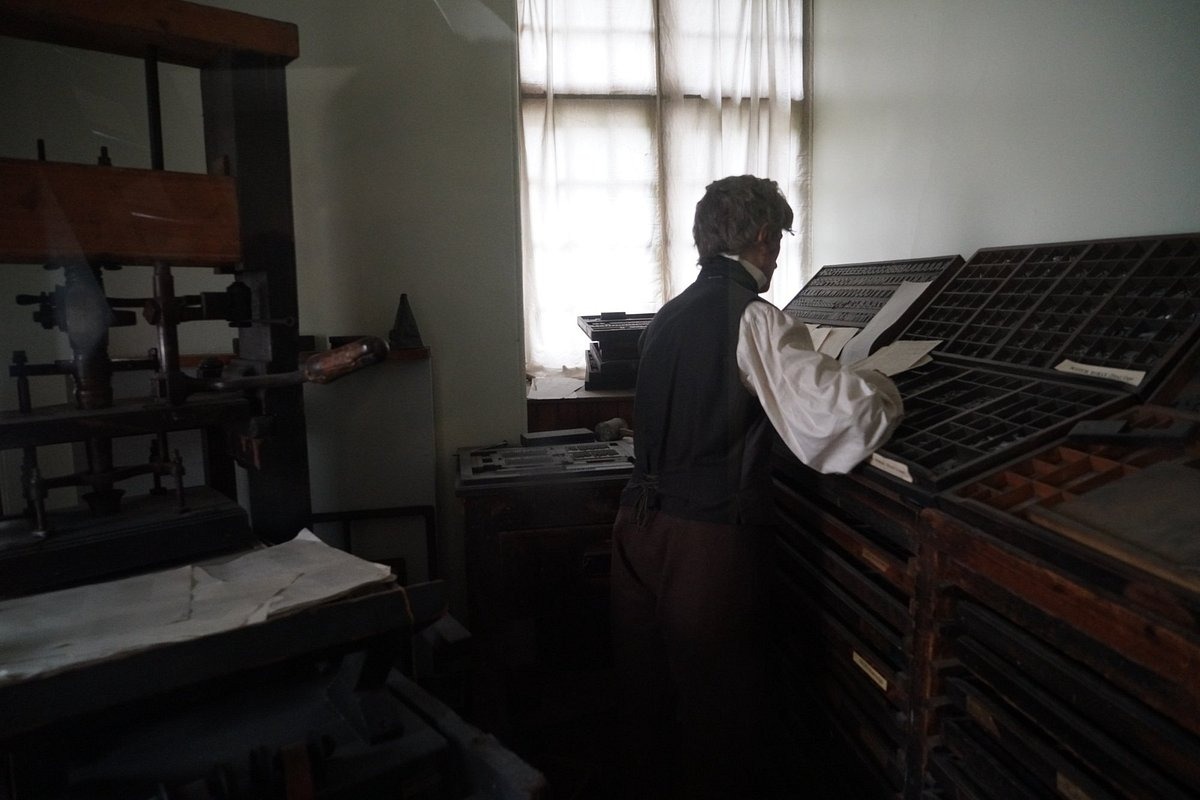
The collaboration between Scott and Ballantyne began in the early 1800s.
Scott, already a well-known poet, needed a reliable printer for his work.
Impressed by Ballantyne’s skills, he chose him to print his book “Minstrelsy of the Scottish Border” in 1802.
In 1805, they and Scott’s brother founded a publishing firm called John Ballantyne and Co.
However, this company faced financial problems due to economic issues and poor management.
Robert Louis Stevenson
Robert Louis Stevenson, born in 1850 in Edinburgh, Scotland, is one of the country’s most cherished authors.
Stevenson was born into a family of lighthouse engineers.
Even though he was expected to follow his family’s profession, he was more interested in writing and traveling.
He studied law at Edinburgh University but decided to become a writer instead.
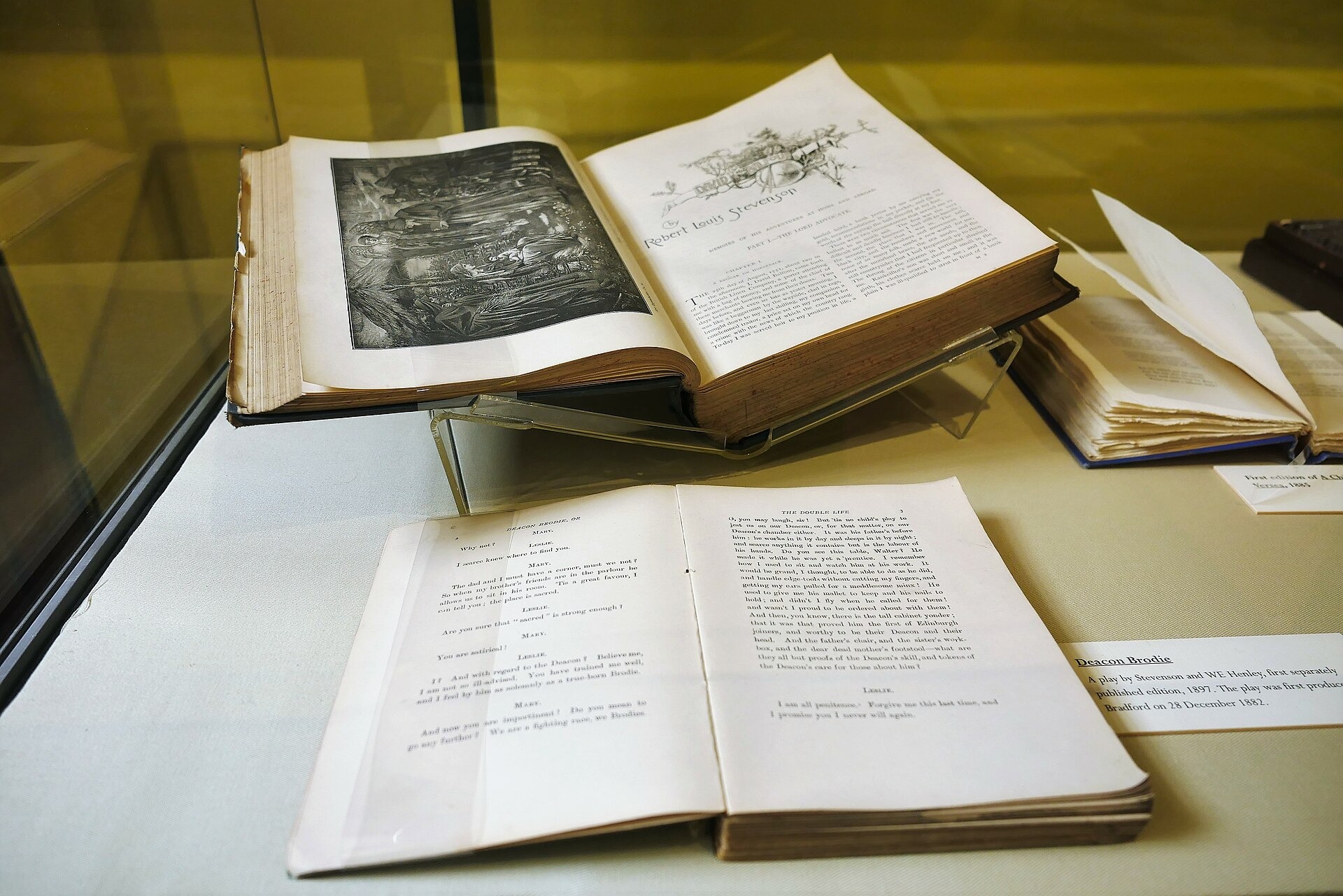
Stevenson’s health was fragile, and he spent much of his life traveling to find better climates.
His journeys took him across Europe, America, and eventually to the South Pacific.
These travels inspired many of his stories and characters.
One of his notable travel books is “Travels with a Donkey in the Cévennes” (1879), which recounts his journey through the mountains of France with a donkey named Modestine.
In his later years, Stevenson settled in Samoa, where he became known as “Tusitala,” meaning “teller of tales.”
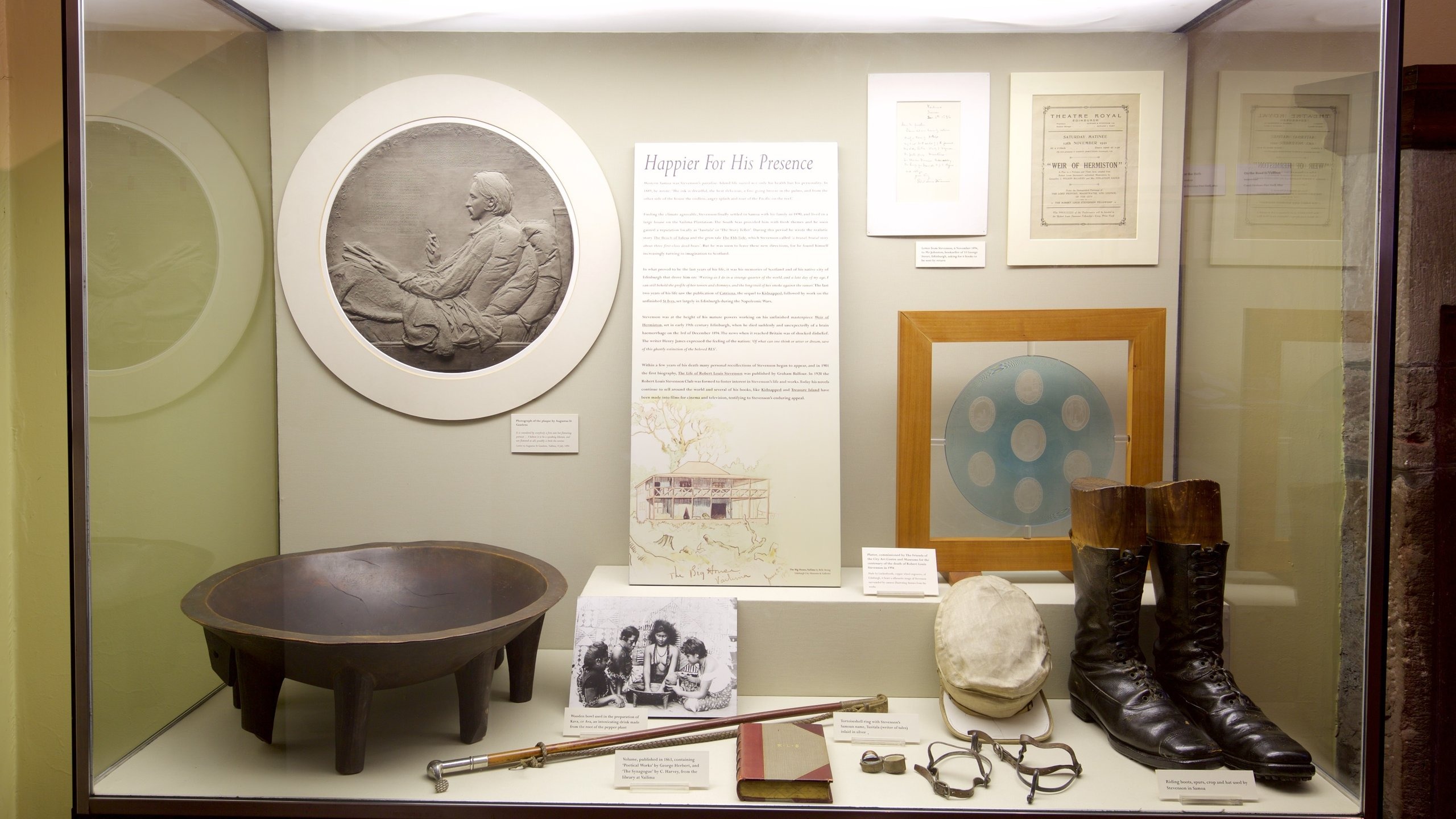
Stevenson’s section features personal items such as his riding boots and a ring from a Samoan chief, engraved with the name ‘Tusitala’ meaning ‘teller of tales’.
The museum also displays a paper sculpture that celebrates Edinburgh’s literary culture and Stevenson’s impact on it.
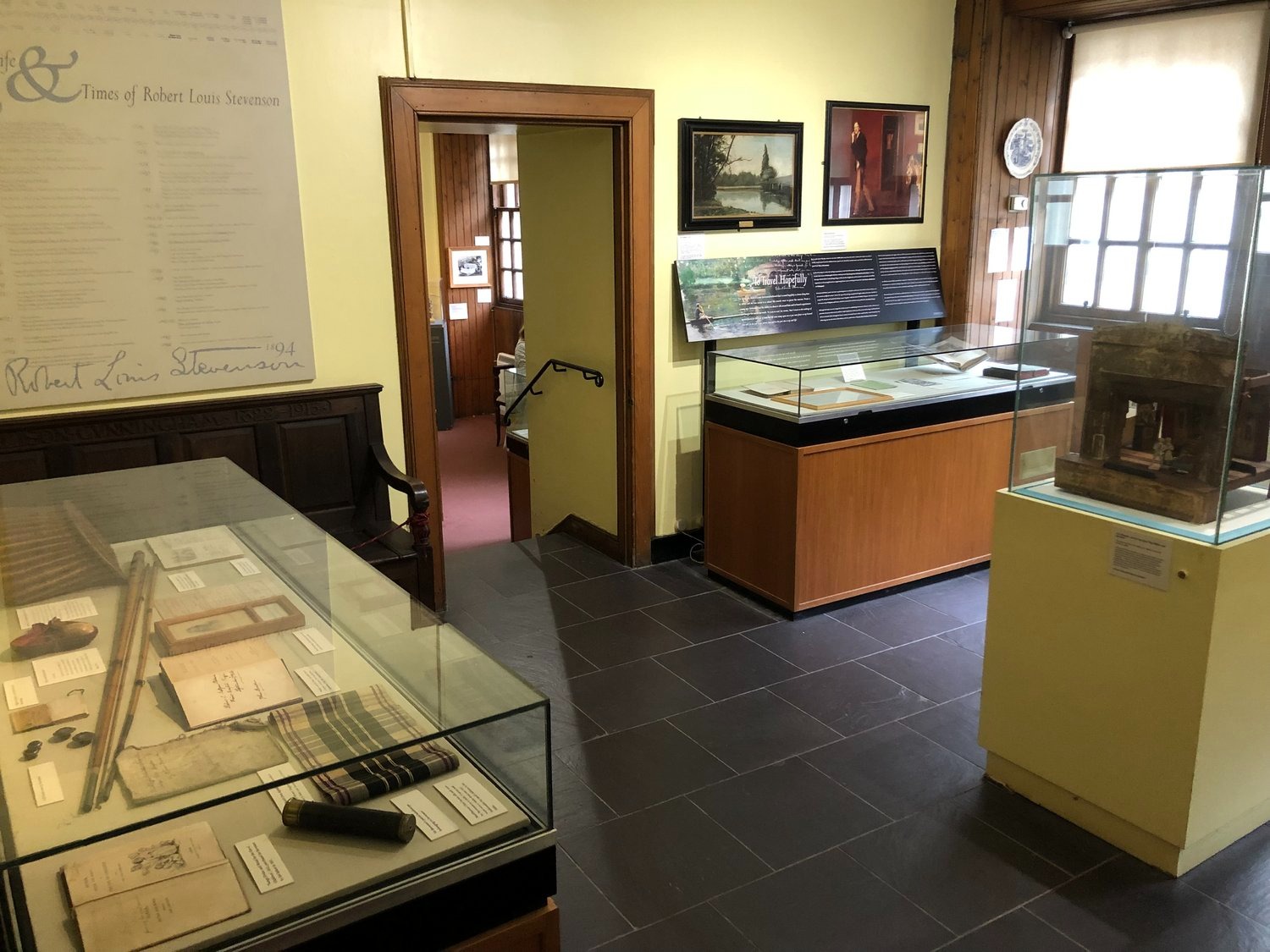
Makars’ Court
Next to the museum is Makars’ Court, a literary monument celebrating Scottish writers.
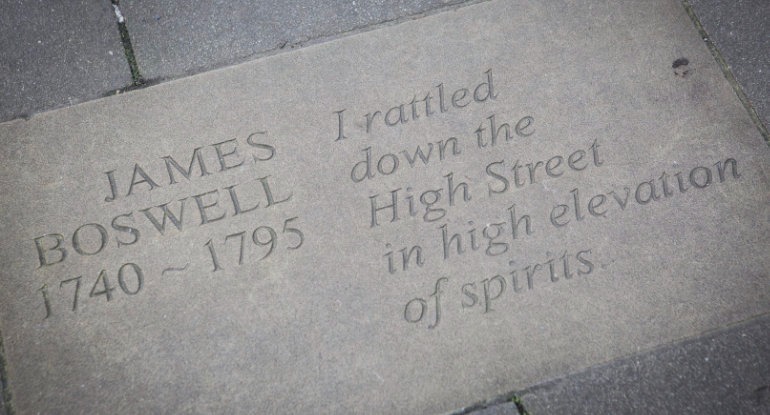
The court features paving stones inscribed with quotes from famous Scottish literary figures, creating an outdoor extension of the museum’s tribute to Scotland’s literary heritage.
Visiting Lady Stair’s House
Lady Stair’s House is located at 3 Lady Stair’s Close, off Lawnmarket, Edinburgh’s Royal Mile.
The Writers’ Museum offers free entry, making it an accessible destination for both locals and visitors.
